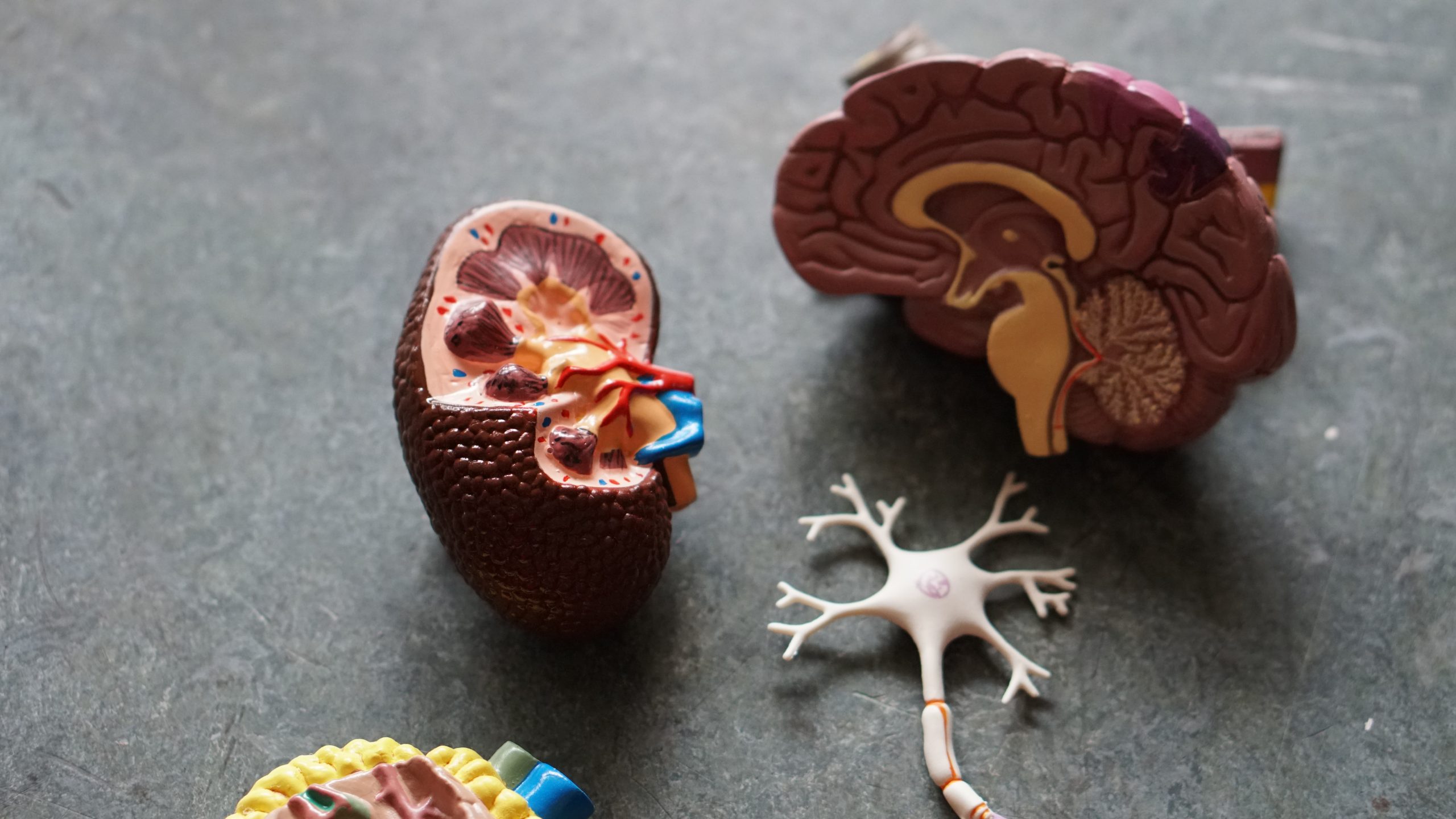
The Silent Threat: Understanding How Proteinuria Causes Progressive Renal Damage
Proteinuria, the presence of excess proteins in the urine, serves as a subtle yet ominous sign of potential renal dysfunction. While it is not uncommon for trace amounts of protein to be excreted in the urine, persistent and elevated levels can be indicative of underlying issues. The relationship between proteinuria and progressive renal damage is a complex interplay that unfolds within the intricate landscape of the kidneys.
Understanding Proteinuria:
Before delving into the mechanisms by which proteinuria contributes to progressive renal damage, it is essential to comprehend the normal functioning of the kidneys. The kidneys, two bean-shaped organs located on either side of the spine, play a crucial role in maintaining the body’s internal environment. They filter waste products, electrolytes, and excess fluids from the blood to form urine.
Under normal circumstances, proteins are too large to pass through the glomerular filtration barrier, a specialized structure that allows only certain substances to pass into the urine while retaining essential proteins in the bloodstream. However, when the integrity of this barrier is compromised, proteins, particularly albumin, can leak into the urine, leading to proteinuria.
Mechanisms of Progressive Renal Damage:
- Glomerular Damage:
One of the primary mechanisms through which proteinuria induces progressive renal damage is by causing injury to the glomeruli, the filtering units of the kidneys. The glomerular filtration barrier is a delicate structure composed of endothelial cells, basement membrane, and podocytes. The disruption of this barrier allows proteins to pass through, initiating a cascade of events.
As proteins infiltrate the glomeruli, inflammation ensues, triggering a series of immune responses. Chronic inflammation can lead to fibrosis, the formation of excess connective tissue, within the glomeruli. This fibrotic transformation compromises the normal functioning of the glomeruli, reducing their ability to filter waste products efficiently.
- Tubular Damage:
Proteins that make their way into the tubules, the structures responsible for reabsorbing essential substances from the urine, can also contribute to progressive renal damage. The tubules are highly sensitive to the presence of proteins, and their exposure can lead to cellular injury and dysfunction.
Proteinuria-induced tubular damage results in the activation of inflammatory pathways and oxidative stress. These processes can lead to the death of tubular cells, impairing their ability to effectively reabsorb important substances. Additionally, the accumulation of proteins in the tubules can obstruct the normal flow of urine, further exacerbating renal dysfunction.
- Oxidative Stress and Inflammation:
The presence of excessive proteins in the renal system triggers oxidative stress and inflammation, both of which play pivotal roles in the progression of renal damage. Oxidative stress occurs when there is an imbalance between the production of reactive oxygen species (ROS) and the body’s ability to neutralize them. ROS, in excess, can cause cellular damage and contribute to the deterioration of renal tissues.
Inflammation, a natural response to injury or infection, becomes chronic in the presence of persistent proteinuria. The release of pro-inflammatory cytokines and the recruitment of immune cells contribute to the ongoing damage and fibrotic changes in the kidneys. This chronic inflammatory state further impairs renal function, setting the stage for the progression of renal damage.
- Hemodynamic Changes:
Proteinuria can also induce hemodynamic changes within the kidneys, disrupting the delicate balance of blood flow. The increased permeability of the glomerular filtration barrier leads to alterations in the pressure within the glomeruli and renal blood vessels. These hemodynamic changes contribute to the progression of renal damage by affecting the blood supply to various renal structures.
Conclusion:
In conclusion, the relationship between proteinuria and progressive renal damage is a multifaceted interplay that involves glomerular and tubular damage, oxidative stress, inflammation, and hemodynamic changes. Identifying and addressing proteinuria early on is crucial for preventing the cascade of events that lead to irreversible renal damage.
Regular monitoring of renal function, lifestyle modifications, and targeted interventions can help manage proteinuria and mitigate its impact on the kidneys. A comprehensive understanding of the mechanisms involved in the progression of renal damage due to proteinuria is vital for healthcare professionals and individuals alike, paving the way for proactive measures to preserve kidney health.
DISCLAIMER
All information presented herein serves as a general guideline, and is not intended as dispensing any medical advice(s). User(s) should consult their doctor to seek further clarification for any doubt. It is recommended to refer to this guide with sole discretion, thereby we shall not be held responsible for any part of the information as presented.
REimagined Healthcare with BUZUD Care Experience at:
585 North Bridge Road, #01-02 Raffles Hospital, Singapore 188770
Call: +65 6518 9959 or Email: customercare@BUZUD.com
No Comments
Leave a Reply
You must be logged in to post a comment.
